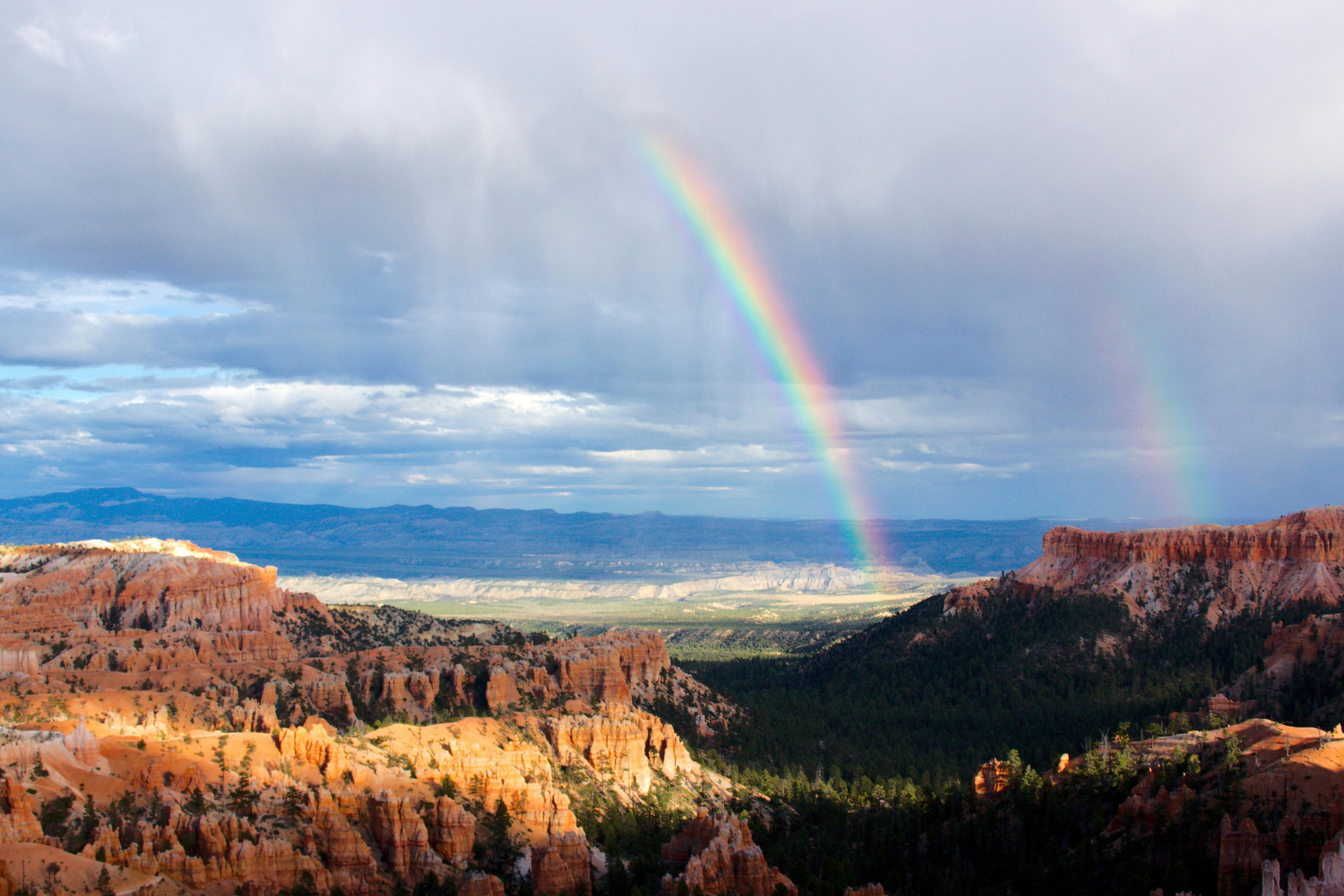“What Mumbai is to India, Colombo is to Sri Lanka,” an official from the Sri Lanka Tourism Board (SLTB) told us at Bandaranaike International Airport. Few Indian honeymooners would make an unplanned trip to Sri Lanka. Bear was not completely unexpected. Having passed Lonely Planet recommended hotels at a bookstore in Male, we thought we’d stop for a day in Colombo before heading back to Mumbai. Once we passed the immigration counters on a one-day visa, we made our way to the commercial capital of Sri Lanka.
Hotel Reservation: We asked a Colombo Hotels Corporation official for help with information about hotels in Colombo. We had booked our rooms for $ 50 a night at the Goodwood Hotel near the airport, but he suggested that we upgrade to one in downtown Colombo as it would make the trip easier. Our final pick: Grand Oriental Hotel on York Street in Fort, Colombo for SL Rs 4,500 (around INR 2,000) per night.
Call a taxi: The airport is 32 km from Colombo, so you must either hire a taxi or take the airport bus. At that odd hour, keeping safety concerns in mind, we opted for a taxi that would cost us SL Rs 2,200 (it costs SL Rs 2,800 for hotel pickup).
Whogunnit !: We had barely advanced a few kilometers south in the direction of Colombo, our car was stopped and asked to stop. A soldier knocked on the window and asked us to open the door. He pointed a gun at us and asked for our identity cards. The taxi driver showed his card and said that we are Indians. The soldier let us pass after checking our passports. Colombo is literally guarded by the army. That day they checked us five times.
Fort Enclosure: We stayed at the very imperial Grand Oriental Hotel, opposite the Port Trust. The hotel resembles the Great Western Building in Mumbai. The Colombo Fort area looks a lot like Mumbai Fort. York Street is the main business district. The twin towers of the World Trade Center are located right in the center of this area. The President’s House is nearby, as is the Tourist Police Office. There is Laksala, where tourists go to buy Sri Lankan leather and cane handicrafts, Ceylon tea and masks (for cheaper souvenirs we opted for the roadside stalls at Pettah market). As it is a high security zone, movement in and out of this area is restricted, especially at night.
Attractions: The hotel staff suggested that we visit the famous Gangaramaya Temple. We marveled at the giant tusk in the temple compound eating bananas and ‘posing’ for tourist photographs. We gaped at the 10-foot-tall bronze Buddha statues inside the temple that reverberated with Buddhist chants. Besides the religious places of worship, the other tourist spots are the City Hall (a carbon copy of the Victoria Memorial in Kolkata), the Vihara Mahadevi Park which has a spice garden and the nearby Art Gallery, which exhibits works by some of The best Sri Lankan Artists since the 1930s.
While the National Museum sees crowds of foreign tourists, the Dutch Museum in the heart of Pettah (equivalent to the Crawford Market in Mumbai) receives few visitors, but is quite informative about the trade between the Dutch and Sinhalese kings of Kandy. As traveling in Colombo is very expensive, we negotiated with an autorickshaw driver outside the hotel to take us sightseeing for SL Rs 500. After the usual places, he took us to a small gem workshop where they showed us a model of how sapphire is traditionally mined in the Ratnapura region (about 100 km south of Colombo). The Sri Lankan sapphire comes in a wide range of shades, from orange yellow to cornflower blue, green, orange, pink, purple, yellow, and white.
Food: For authentic Sri Lankan food, the Taj restaurant on York Street is a good bet. It resembles the Iranian cafes of Mumbai. But there is a difference. The water in the glasses on the table was not for drinking but for washing our hands. To our surprise, some diners even washed their dishes before the meal. Food wise, while the typical fried chicken masala and fish curry were on the chart, we decided to go for the Kothu Roti (minced roti mixed with spicy chicken) and Buriyani (the Sri Lankan version of Biryani). The Kothu Roti was worth it (SL 200 rupees) but we did not enjoy the coconut flavored Buriyani as we are used to Hyderabadi Biryani.
For a more luxurious setting for dinner, we went to the highly recommended Raja Bhojun restaurant on Galle Face Road (Colombo’s ‘Marine Drive’). We had a spicy cuttlefish and shrimp cocktail while watching the Indian Ocean sunset.
